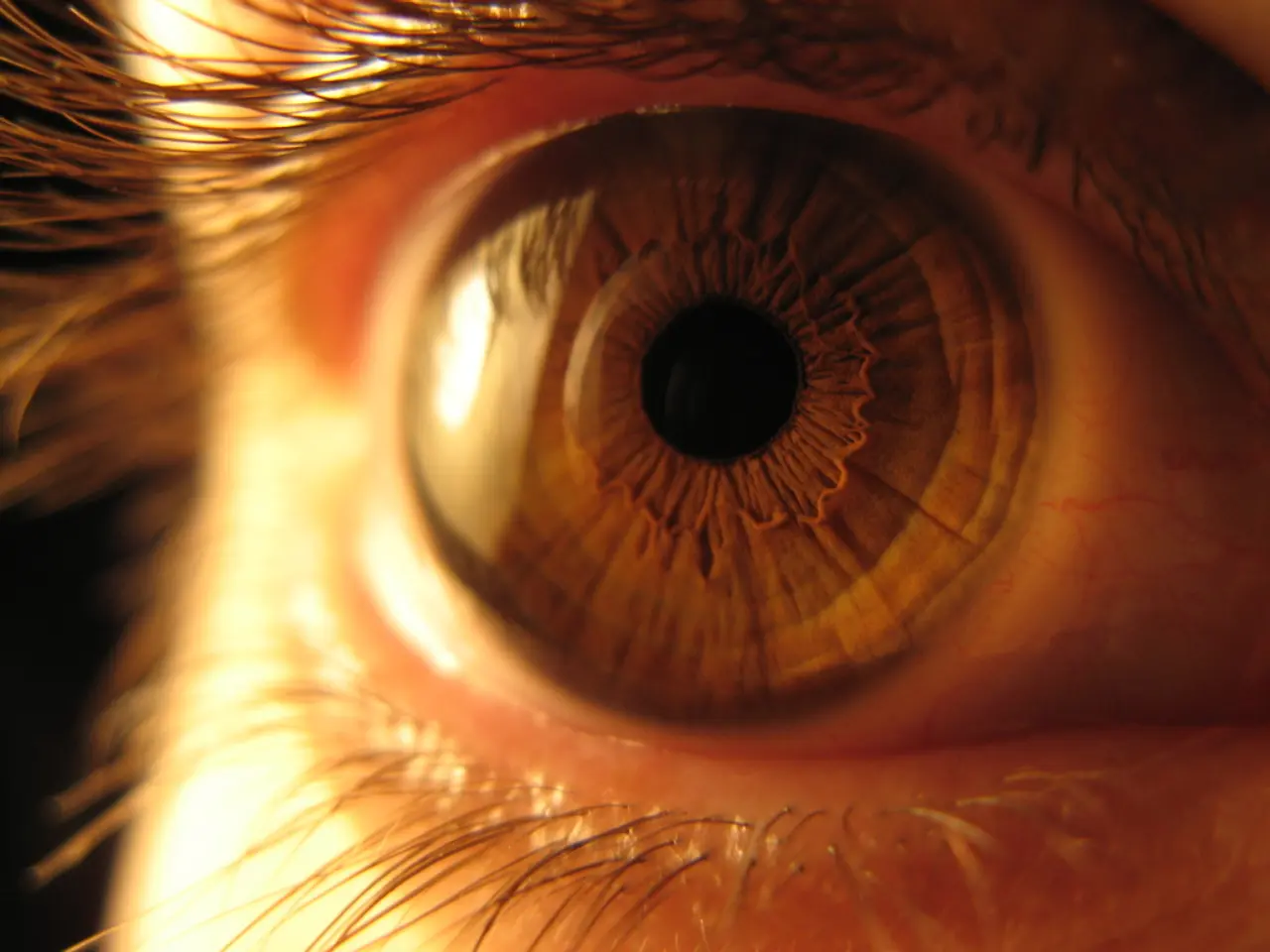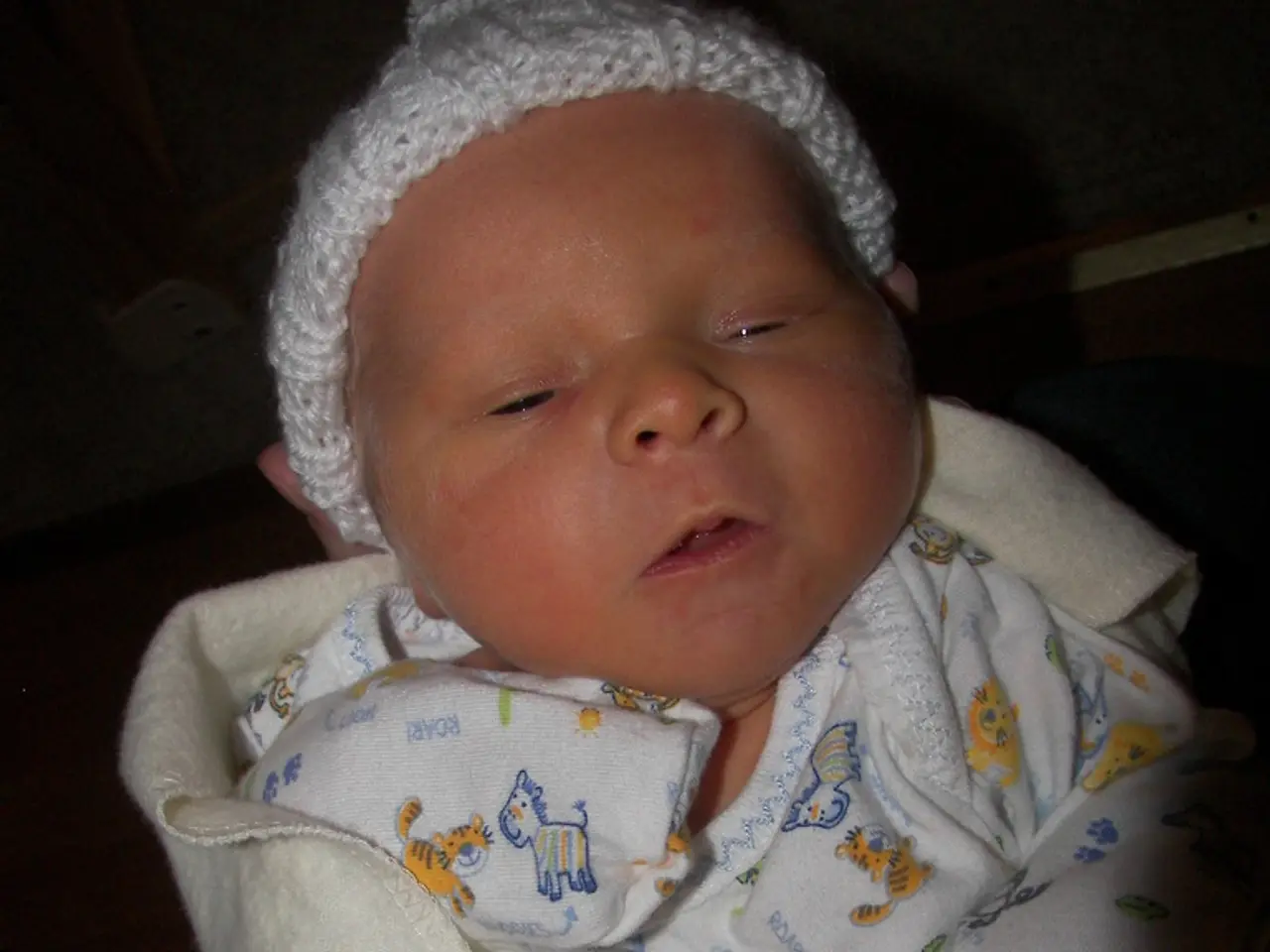Disconnected Minds: Exploring the Consequences When Two Brain Halves Lose Connection
In the realm of neuroscience, few phenomena have captured the imagination quite like the split-brain patients. These individuals, whose corpus callosum has been severed to treat severe epilepsy, offer a unique window into the workings of the human brain.
Renowned researcher Roger Sperry led groundbreaking experiments in the 1960s and 1970s, shedding light on the distinct strengths and specializations of each hemisphere. The study of split-brain patients has revealed the modular nature of the brain, with each hemisphere processing information independently.
One of the key effects of the split-brain procedure is the disruption of cognitive function. The two hemispheres, which previously shared information efficiently, now operate somewhat autonomously. For example, language functions, mainly localized in the left hemisphere, may not be accessible to the right hemisphere, affecting tasks requiring interhemispheric integration such as language comprehension or generating unified responses.
Perception is also significantly affected. Sensory information is processed laterally, so stimuli presented to one hemisphere are processed mainly by that hemisphere. Split-brain patients can demonstrate situations where one hemisphere perceives something that the other does not consciously recognize.
Behavioral experiments show that split-brain patients may exhibit conflicting actions between the two hands, with each hemisphere sometimes initiating different responses independently. This highlights hemispheric specialization and the role of the corpus callosum in coordinating seamless behavior.
The split-brain phenomenon raises profound questions about the nature of consciousness and the unity of the self. Each hemisphere might possess its own consciousness, and consciousness may be distributed across multiple neural systems.
In some split-brain patients, the hemispheres can act at cross purposes, leading to episodes of intermanual conflict where one hand might attempt to button a shirt while the other simultaneously unbuttons it.
Despite the loss of interhemispheric communication, split-brain patients are often able to navigate daily life with few noticeable impairments, demonstrating the brain's remarkable adaptability.
The insights gained from split-brain studies continue to inform fields ranging from neuroscience and psychology to artificial intelligence and philosophy, broadening our understanding of how the mind navigates the complexities of perception, identity, and cognition. The essential role of the corpus callosum in integrating sensory, motor, and cognitive functions in the brain is now more apparent than ever.
- The study of split-brain patients, whose corpus callosum has been severed, sheds light on the relationship between science, health, and medical-conditions, particularly in relation to psychology and health-and-wellness.
- In the realm of psychology and health-and-wellness, split-brain patients offer insights into human cognitive functions, highlighting the modular nature of the brain and the specializations of each hemisphere.
- The findings from research on split-brain patients contribute to the understanding of the brain's role in artificial intelligence, as they demonstrate the essential role of the corpus callosum in integrating various functions, including sensory, motor, and cognitive processes.




